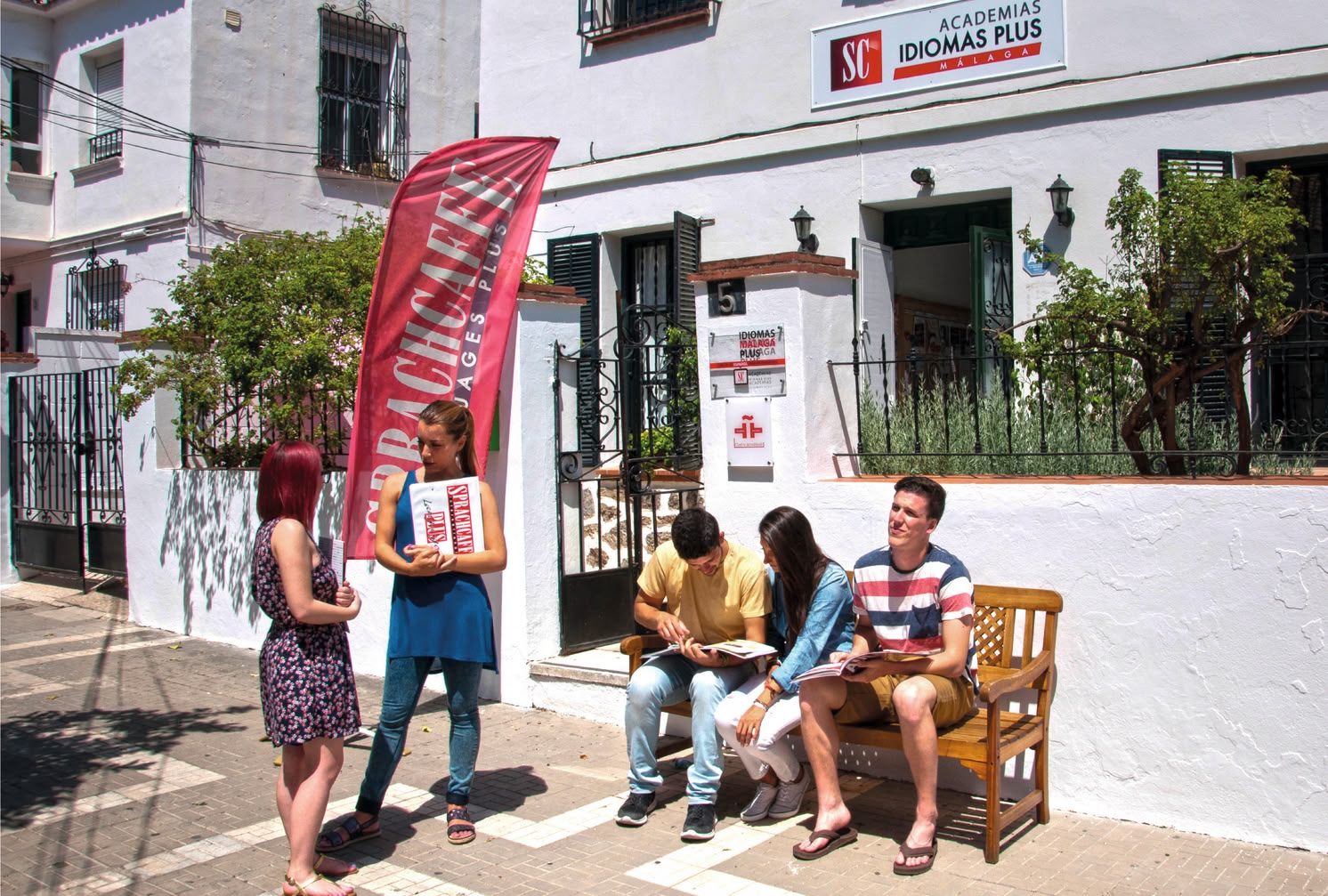
Learn the future tense in Spanish
The future tense is a verb tense that allows us to refer to actions or situations that will take place in the time to come. It is an essential tool in communication, as it allows us to express our expectations, plans, predictions and conjectures about what will happen in the future. By using the future, we project our vision of what is to come, allowing us to talk about upcoming events in a clear and precise manner.
» Simple future
» Near future
» Future perfect
» Future of probability
In Spanish, there are four main types of future tenses: the simple future, the near future, the future perfect and the future of probability. Each of these verb tenses has a specific use and allows us to express different ideas related to the future. In everyday Spanish, the future is a versatile and widely used tool in a variety of contexts. It allows us to express our intentions, promises, plans and aspirations, as well as to describe events and situations that are yet to come. In addition, the future is also used in academia, literature and political discourse, allowing us to project future ideas and scenarios with precision and clarity.
It is important to remember that the future, like other verb tenses in Spanish, is conjugated regularly and irregularly for different verbs. Spanish verb tenses are an essential part of the language, and the proper use of them helps us to express our ideas and communicate effectively in any situation. The future tense in Spanish is an essential and versatile verb tense that allows us to talk about events and situations that will take place in the time to come. With its different types, the future tense offers us a variety of ways to express our expectations and predictions about the future, enriching our communication skills and allowing us to express our vision of the world to come.
Future simple in Spanish
The simple future is used to express actions or situations that will occur in the future without any additional conditions or assumptions. It is formed by adding the appropriate endings to the infinitive of the verb. In Spanish, all verb conjugations, whether regular or irregular, have the same endings for the simple future.
The simple future is characterized by its simplicity and clarity, as it allows us to talk about actions that will take place in the future without additional conditions or assumptions. It is formed by adding the appropriate endings to the infinitive of the verb.


Future próximo in Spanish
Learn here how to correctly use the near future in Spanish.
More information »Future próximo in Spanish
The near future in Spanish, also known as futuro con "ir a", is a verb form used to talk about events or actions that are about to happen, that is, that are on the immediate horizon. This structure is formed using the verb "ir" conjugated in the present tense, followed by the preposition "a" and the verb in its infinitive form.
How does a language vacation in Malaga, Madrid, Barcelona or Havana sound? All these dream destinations with a Spanish language package is the perfect combination to enjoy your longed-for vacation.
Future perfect in Spanish
The future perfect in Spanish is a verb tense used to express actions that will have been completed at a specific time in the future. It is a combination of the verb "haber" in the simple future plus the past participle of the verb we want to conjugate. This verb tense allows us to talk about actions that will be finished at a future point, focusing on the culmination of the action.

Probability future in Spanish
Here we teach you how to correctly use the future tense of probability in Spanish.
More information »Future of probability in Spanish
The future perfect probability tense is a verb tense used to express assumptions about actions that could have been completed at a specific time in the future. With this tense, the speaker conjectures about the completion of an action in the future, but also indicates that this action would be completed before another future event. It is a way of talking about hypothetical situations or completed events in the future, based on probability and circumstances.
Learn the other Spanish verb tenses

Spanish past tense explained
Here you will learn all about the past tense in Spanish.
More information »
The present tense in Spanish explained
Learn with us the present tense in Spanish.
More information »Learn Spanish with Sprachcaffe

Language travel in Spanish
Take a language trip to Spain or Cuba with Sprachcaffe.
More information »
Online Spanish course
Learn Spanish from the comfort of your home with an online course.
More information »

